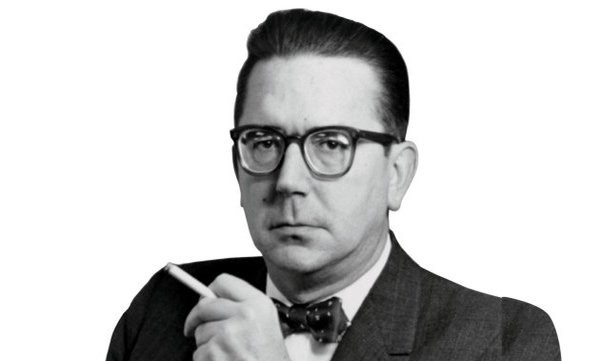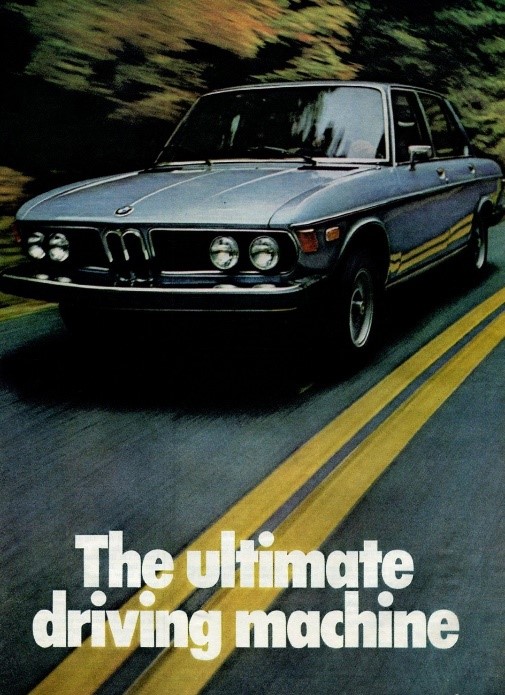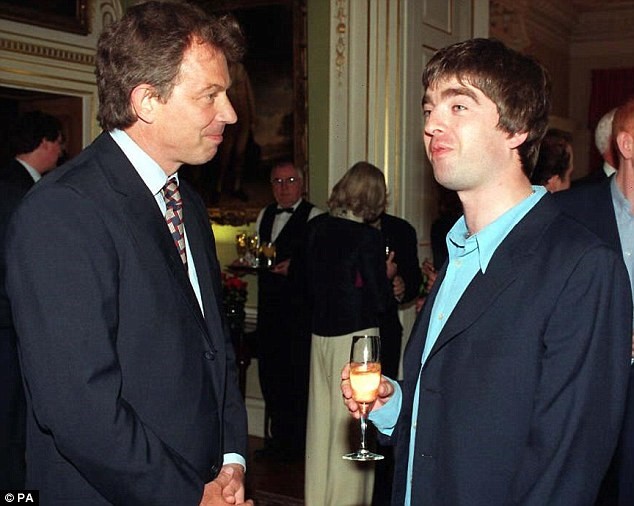The unique selling proposition (USP) – a brief history



An evolving brand tool over the last 75 years
The Post War 1940’s and 50’s
When they discuss advertising’s past, people often jump straight to the age of clever, creative print campaigns, the era dramatised by Mad Men and exemplified by the Doyle Dane Bernbach agency’s legendary work for Volkswagen. However, this revolutionary period was preceded by another, less celebrated age, when an executive called Rosser Reeves ruled the roost.
Reeves is the father of the USP. Working at the Ted Bates agency in New York, he was known for campaigns that zeroed in a single, specific benefit of a product – and then repeated it until consumers could think of nothing else. He would encapsulate this benefit in a no-nonsense slogan (like the evergreen ‘Melts in your mouth, not in your hand’ for M&M’s) to hammer home the point.
Although often painted as a hard-nosed salesman or square in comparison to the creative mavericks who succeeded him, Reeves was a colourful character too – he wrote poetry and was kicked out of university for drunkenly crashing a friend’s car during Prohibition.
The Swinging 1960s
Although he’d been effectively practising the idea for many years, the term ‘unique selling proposition’ was not officially coined by Reeves until 1961, when it appeared in his book Reality in Advertising.
Ironically, the early 1960s was also when Rosser’s approach began to lose its potency. As consumers became more adept at tuning out dull and repetitive ads, figures like Bill Bernbach started to blaze a new trail. The Creative Revolution was in full swing and the emphasis shifted to winning people over through humour, irony and irreverence.
The result was ads that were more sophisticated, less ‘hard sell’ than the successful campaigns of the previous decade. Reeves’ modus operandi was no longer du jour – but his central idea had entered the marketing lexicon for good.

The Super Trooper 1970s
In the 70s, strategy replaced creativity as the most powerful weapon wielded by brands and their agencies. An increasingly media-saturated culture meant brands were seeking greater efficiency with every campaign, and TV had become the dominant channel for reaching potential customers.
The USP was still a go-to concept for marketing execs, but now it had a formidable challenger in the shape of positioning, an idea developed by the influential Al Ries and Jack Trout. This dynamic duo took a more scientific approach to brand strategy and marketing, arguing that consumers could only hold a small number of brand associations in their minds at once. They said companies should therefore focus on occupying a specific position – and if necessary, dislodging another brand so they could take its place.
For many marketers, the ‘positioning statement’ effectively became a replacement for the USP during this period. And what does Ries consider the best positioning campaign of all time? BMW exerting an unbreakable hold on the driving performance position with its famous slogan ‘the ultimate driving machine’.
The New Romantic 1980s
So you could say the USP was down, but not out, at the beginning of the 80s. It had something of a resurgence thanks to a change in TV advertising convention that occurred halfway through the decade.
30-second TV ads had been the standard, but then agencies moved to 15-second spots in an attempt to maximise profits and ad effectiveness. Suddenly, shorter messages that didn’t beat around the bush on the purchase incentive were required. The Energizer Bunny is a famous campaign from this period that brilliantly showcased the product’s USP – longer lasting batteries. The creative twist was that the original ads spoofed commercials for other products, with the pink bunny interrupting the broadcast each time by just going and going.

The Super Nova 1990s
Not much happened of note for the USP in the 90s. But here’s an image that sums up the decade:
The Techno 2000s
In 2003, marketing expert Philip Kotler suggested that the USP was being updated for the new millennium. He observed that because finding a truly unique benefit was often impossible in a saturated market where even new products are quickly commoditised, companies were instead concentrating on finding a unique emotional selling proposition (ESP).
You could argue that many brand experts had understood this development for some time. Nevertheless, Kotler was one of the first people to articulate the shift. He realised that the most successful brands were those building an emotional connection with consumers, and his comments prefigured the marketing industry’s current interest in fostering meaningful relationships between brands and the people who buy them.
Right up to today...
The USP still plays an important role in brand marketing today. Although the world has moved on from some of its applications in advertising, the need for brands to stand out in a crowded market by promoting a specific benefit that rivals can’t or don’t offer has arguably never been greater. And as Kotler found, brands and marketers are finding new ways to be unique.
However, the USP can be problematic for b2b marketers. Sometimes b2b companies abandon the idea of promoting a USP altogether because they think their product or service is fundamentally the same as their competitors’. But this is tantamount to admitting your product is boring – something any self-respecting marketer must never do. Anyway, a USP does not have to be something your competitor can’t or doesn’t do – it just needs to be something they aren’t talking about (see the famous Mad Men scene when Don Draper dreams up the ‘It’s toasted’ tagline for Lucky Strike).
Another sticking point is when marketers are reluctant to identify a USP because it would mean pushing one feature or benefit over the other things their product may be able to do. Again, this is a mistake. You can of course describe multiple benefits in secondary messaging, on your website and in conversations with clients. But the biggest brands know that a single-minded proposition is always the most effective tool when it comes grabbing attention and carving out market share.
